About Alopecia
Alopecia areata is patchy or total hair loss affecting scalp and body hair. Onset is usually quite rapid, with the hair loss forming in round patches.
Occuring at any age, it is thought to develop by the immune system damaging hair follicles and preventing their growth - a so-called “autoimmune” condition. Patches of hairless follicles form in the skin. About 50% of patients recover spontaneously within 6 to 12 months - but, others may permanently lose part, or even all their hair.
No medical cure exists for the condition, but in the three cases shown here, application of wheatgrass extract to affected areas has effectively restored hair loss, likely by re-connecting dysfunctional cellular receptors to the brain, thereby causing regrowth of hair.
Case No. 1
This 28 year old Japanese female had suffered from alopecia areata for 5 years. (Note the large, readily visible bald patch on the back of her scalp.) Numerous variable treatments had been attemped, but failed.
However, her hair recovered completely in four months by applying wheatgrass extract twice a week to the affected areas.
Dr. Chris Reynolds.
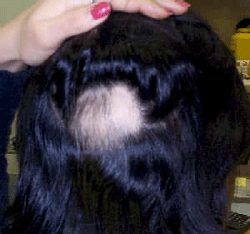
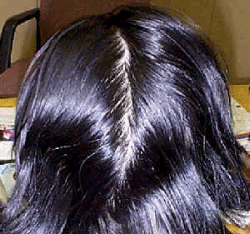
Case No. 2
This young boy lost most of his hair 5 years before he began wheatgrass treatment. His parents had spent a small fortune on dermatologists and medications, but to no avail, so his mother was quite skeptical about involving a “herbal remedy”. However, when she saw small tufts of new hair appearing on her son's scalp, she decided to persevere with the treatment.
After 11 months' treatment, in the photo on the right, his hair has almost returned to normal.
Because It may take a year for the hair to recover, it is important to persevere - because it does work. Also, experience has shown that “less is best” when using wheatgrass extract therapeutically. For alopecia, I recommend application of the extract just once a week - only - (just a light spray) - and persevere.
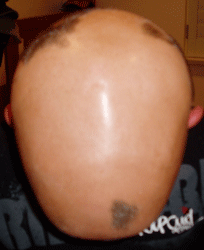
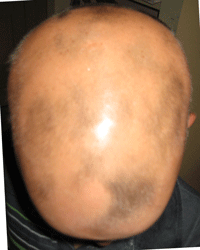
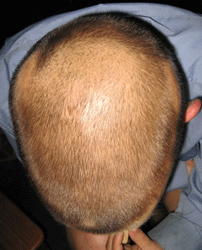
After 10 months treatment, mother wrote:
“Everything continues to improve. F’s hair is growing strong and the gaps are slowly merging together. Still a way to go but on top of his head the hair is thick and healthy. We are all thrilled with the progress. He even shampooed his hair the other day, something he has not done in 4 years!!!!!
Case No. 3.
This little boy from New York lost more than 50% of his hair when he was two years old. He recovered fully 10 months after his grandmother began treating him with wheatgrass extract
Grandmother’s story:
“Doctor, I have a 6 year old grandson who lives with me. He was diagnosed with alopecia when he was 2 years old. We have taken him to several different doctors. They have given him shots, vitamins, herbs. We have taken him out of town to specialists. We have spent several hundred dollars, out of pocket, trying to find a cure. All the doctors say the same thing, “There is no cure.”
The kids in his school laughed at D and called him mean names. He likes school, but he would come home crying. My girlfriend got on the internet and found “Wheatgrass extract”. She ordered some and gave it to D. I had him use it every day – just once a day. His hair appeared to be coming in so I bought 2 more so not to run out. D now has a full head of hair and I give “Wheatgrass” all the credit. It is amazing. I have told everyone about “Wheatgrass” and have shown these pictures to back up the facts.
Thank you so much for your product. I am in your debt.
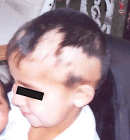
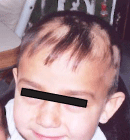
January 2007. Severe alopecia. 4 y.o. child. Treatment with wheatgrass extract commenced.
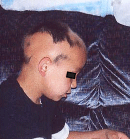
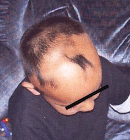
3 months later. Note new tufts of hair beginning to appear.
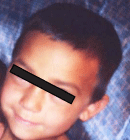 9 months. A full head of hair.
9 months. A full head of hair.
These three successful cases, including a number of others where I have observed hair restoration, supports the use of wheatgrass extract for treating this resistant condition. It is also important to bear in mind not to over treat. Once weekly light application is sufficient.
Read more about alopecia areata (Wikipedia)